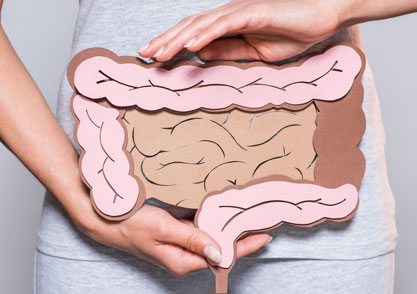Udvartana: Dry Powder Massage
Udvartana is a treatment in Ayurveda that uses herbal pastes or dry herbal powders during the body massage. Of particular...
Ayurvedic Wellness Clinic & Spa In The Heart Of Orchard, Singapore
Holiday Inn Orchard City Centre 11 Cavenagh Road
B1-01 Singapore 229616

Vasti Panchakarma can be described as the king of Ayurvedic treatments. The Ayurvedic equivalent of enema, where liquid medicines are introduced through the anus, vasti therapy offers benefits beyond colon detoxification. Believed to offer benefits similar to that of other 4 panchakarma processes combined, vasti can contribute to both physical and mental well-being.
Vasti therapy involves the administration of herbal oils or decoctions through the anus. It is advised as the prime and the most important treatment to balance disorders related to the vata dosha, such as constipation, hypertension and arthritis. Vata is the force behind the elimination and retention of waste such as faeces, urine and bile.
Vasti is the introduction of herbal decoctions and medicated oils into the colon through the rectum. While it directly affects the colon, it is not a localised or symptomatic treatment; it is a highly specialised procedure aimed to achieve a therapeutic goal and must be carried out in hospital settings by an expert.
After initial assessment, and depending on the type of vasti, a fixed time of day is selected and the patient has to come on a full or empty stomach. The patient lies on the massage table. Herbal oil massage is given over the hips, lumbar region and lower abdomen. Following a massage, steam therapy is conducted over the massaged region.
Massaging and steaming make up the preparatory procedure for vasti, known as purvakarma. This procedure of intensive lower abdominal massage and steaming helps to loosen toxins and ready the body for detoxification.
Then the main procedure is performed. The patient sleeps in the left lateral position with right leg folded, while the therapist administers the herbal enema via the anal cavity. As the medicine gets absorbed by the colon, toxins are excreted. The patient is advised to drink lukewarm water throughout the treatment.
A follow-up regime will be advised regarding diet and follow-up medication. Vata-provoking activities such as excessive talking, travelling and exertion should be avoided for a few days.
The patient might feel like going for one or two bowel movements, with good cleansing of faecal matter. A feeling of lightness in the abdomen and general clarity can be felt post-treatment.
Ayurveda considers vata as the most important dosha. Imbalance can cause major problems and interfere with body functions.. Vasti balances and nurtures vata, whose focal point is the large intestine.
Vasti works in two ways: expelling the harmful substances; and nourishing the body. The first is related to the facilitation of excretion, while the second, the absorption of medicine into the body and its systemic action.
Udvartana is a treatment in Ayurveda that uses herbal pastes or dry herbal powders during the body massage. Of particular...
Podikizhi is made up of two words, Podi and Kizhi. The word “kizhi” in Indian Malayalam language means poultice or...
Virechana is a Sanskrit word that means evacuation of waste through the bowels. Virechana is one of the five sacred...